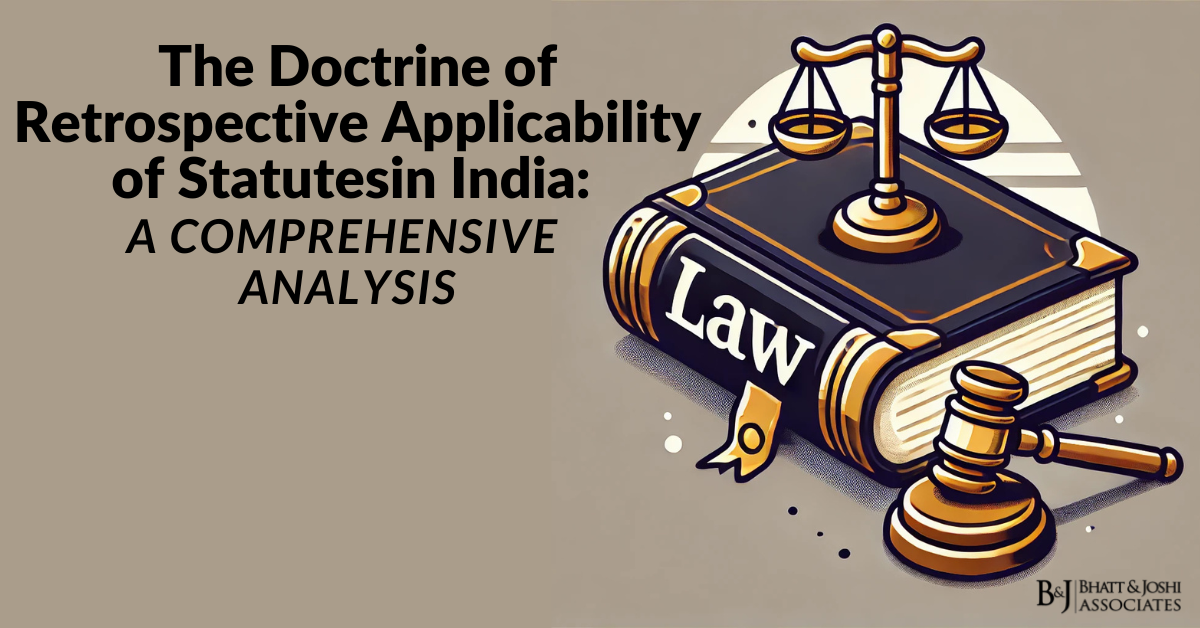Court Overturns Juvenile Justice Board’s Decision
In a groundbreaking verdict on June 25, 2024, the Bombay High Court issued an order for the release of a minor accused in the high-profile Pune Porsche accident case that resulted in two fatalities in Pune. The court’s decision, which overturned the Juvenile Justice Board’s (JJB) earlier ruling, stipulated that the juvenile, who had been held in an observation home, should be released into the custody of his paternal aunt. This ruling has sent ripples through the legal community and sparked debates about juvenile justice in India.
The Tragic Incident: A Night of Reckless Driving
The case centers around a devastating incident that unfolded in the early hours of May 19, 2024, in Pune’s upscale Kalyani Nagar area. A 17-year-old boy, the son of a well-known local real estate developer, was allegedly behind the wheel of a Porsche Taycan, a high-performance electric sports car. According to police reports, the teenager was driving at excessive speeds and was suspected to be under the influence of alcohol. The luxury vehicle collided violently with a motorcycle, claiming the lives of two promising software engineers, Aneesh Awadhiya and Ashwini Koshta, both in their early thirties.
The High Court’s Reasoning: Legality and Jurisdiction
The Division Bench, led by Justice Bharati Dangre and Justice Manjusha Ajay Deshpande, delivered a verdict that declared the remand orders previously issued by the JJB as “illegal and without jurisdiction.” This decision was made in response to a habeas corpus petition filed by the minor’s aunt, who challenged the legality of his detention in the observation home. The court’s ruling hinged on a critical legal technicality that would prove pivotal in the case’s outcome.
The Bail Controversy in the Pune Porsche Accident Case: A Legal Paradox
At the heart of the court’s decision was a perplexing legal situation. The minor had been granted bail on May 19, the very same day as the accident. However, in a move that raised eyebrows in legal circles, he was subsequently remanded to an observation home. The High Court judges emphasized that this action effectively “nullified the effect of bail,” questioning the legal basis of the JJB’s decision. This paradoxical situation became a cornerstone of the defense’s argument and ultimately swayed the court’s decision.
Legal Arguments: Interpreting the Juvenile Justice Act
Senior advocate Aabad Ponda, representing the petitioner, presented a compelling argument based on the interpretation of the Juvenile Justice Act. Ponda contended that once granted bail, a juvenile cannot be placed in an observation home unless the bail is formally revoked or new charges are brought against the accused. To bolster his case, Ponda cited Section 39(2) of the Juvenile Justice Act, drawing parallels with other stringent laws such as MCOCA (Maharashtra Control of Organised Crime Act) and TADA (Terrorist and Disruptive Activities (Prevention) Act), where such practices are not permitted.
Balancing Act: Juvenile Justice and Public Safety
The court’s ruling reflected a delicate balance between upholding the principles of juvenile justice and addressing public safety concerns. The judges emphasized the broader objectives of the Juvenile Justice Act, which aims to treat minors in conflict with the law differently from adults, regardless of the severity of their alleged crimes. This approach underscores a commitment to rehabilitation and reform rather than purely punitive measures for juvenile offenders, even in cases that have shocked public conscience.
Conditions of Release: Focus on Rehabilitation
While ordering the minor’s release, the High Court did not overlook the need for ongoing support and supervision. The judges stipulated that the accused must continue to attend sessions with a psychologist, highlighting a focus on mental health and rehabilitation. This condition aligns with global best practices in juvenile justice systems, which prioritize the reformation and reintegration of young offenders into society.
Public Outrage and Media Scrutiny in the Pune Porsche Accident Case
The accident had initially sparked widespread public outrage, fueled by several factors that captured media attention. The involvement of a luxury vehicle, allegations of underage drinking, and the tragic loss of two young professionals combined to create a perfect storm of public interest and indignation. Reports surfaced that the juvenile had been at a pub with friends just before the incident, raising questions about the enforcement of laws prohibiting underage drinking and the responsibilities of establishments serving alcohol.
The Aftermath: A Trail of Destruction
Eyewitness accounts and police reports painted a grim picture of the accident’s aftermath. The Porsche allegedly dragged one of the victims for a considerable distance before finally coming to a stop after colliding with another two-wheeler and a car. This gruesome detail added to the public’s shock and calls for justice, making the case a lightning rod for debates about road safety and the consequences of reckless driving.
Related Legal Developments
In a parallel legal development, a Pune court recently granted bail to the minor’s father, who faced charges under the Motor Vehicles Act. This decision, coupled with the High Court’s ruling on the juvenile’s case, has reignited discussions about the intersection of justice, privilege, and accountability in high-profile cases involving minors.
Implications for Future Cases
The Bombay High Court’s decision is likely to have far-reaching implications for how similar cases involving juvenile offenders in serious crimes are handled in the future. It underscores the complex interplay between juvenile justice principles, public safety concerns, and established legal procedures. The ruling may serve as a precedent, potentially influencing the approach of Juvenile Justice Boards and courts across India in balancing the rights of accused minors with the demands for justice from victims’ families and society at large.
Ongoing Debates and Policy Considerations in the Pune Porsche Accident Case
As the pune porsche accident case continues to evolve, it has prompted intense discussions about a range of related issues. These include road safety measures, the effectiveness of current laws in preventing underage drinking, and the responsibilities of parents, educational institutions, and society in guiding adolescents. The incident has also raised questions about the adequacy of existing juvenile justice laws in dealing with serious offenses committed by minors, potentially spurring calls for legislative review and reform.
Conclusion: A Case That Will Shape Juvenile Justice
The Bombay High Court’s ruling in this high-profile case marks a significant moment in India’s juvenile justice system. By prioritizing legal principles and the rehabilitative goals of juvenile justice over public sentiment, the court has set a precedent that will likely be debated and referenced for years to come. As the case progresses and its full implications become clear, it will undoubtedly continue to shape discussions around juvenile justice, public safety, and the balance between punishment and rehabilitation in the Indian legal system.














